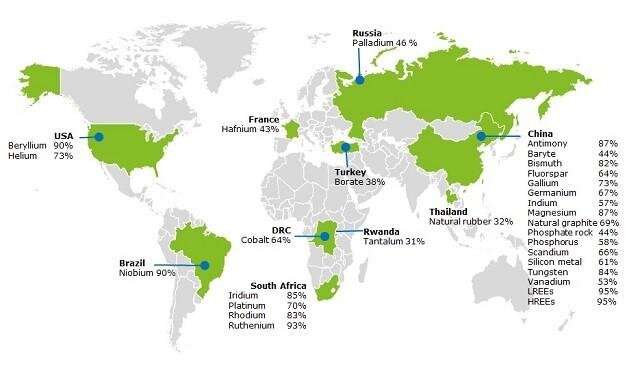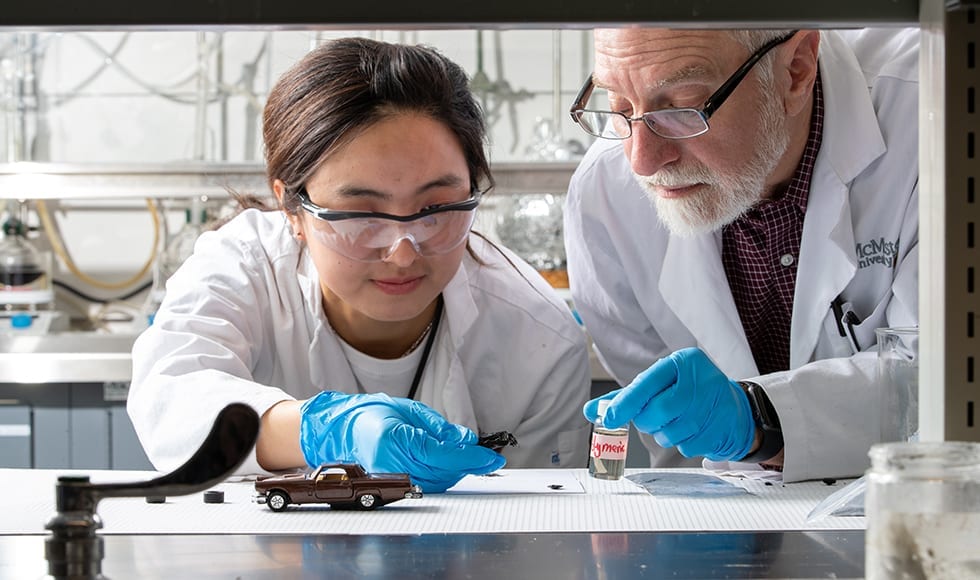Graphic indicating countries accounting for the largest share of critical raw materials
The Latest Updates from Bing News & Google News
Go deeper with Bing News on:
Sustainable metals
- Manganese sprinkled with iridium reduces need for rare metal without altering rate of green hydrogen production
As the world is transitioning from a fossil fuel-based energy economy, many are betting on hydrogen to become the dominant energy currency. But producing "green" hydrogen without using fossil fuels is ...
- Sustainable Manufacturing Market worth $367.2 billion by 2029 - Exclusive Report by MarketsandMarkets™
The global sustainable manufacturing market is expected to be valued at USD 215.4 billion in 2024 and is projected to reach USD 367.2 billion by 2029; it is expected to grow at a CAGR of 11.3 % from ...
- EOS expands sustainable portfolio with responsible Aluminium AlSi10Mg
EOS has announced the addition of its EOS Aluminium AlSi10Mg to its Responsible Products portfolio, incorporates a minimum of 30% recycled feedstock.
- Transitioning: Mining, Minerals And Sustainable Developments
In the low-carbon quest for renewables, EVs, optimized grids, tech gadgetry and the like, more mining will occur for the inputs. Read what this means for investors.
- Mining is key for a sustainable future but is struggling with sustainability
Mining is key for a sustainable future but is struggling with sustainability The mining industry is struggling with environmental, social and governance (ESG) reporting requirements despite playing a ...
Go deeper with Google Headlines on:
Sustainable metals
[google_news title=”” keyword=”sustainable metals” num_posts=”5″ blurb_length=”0″ show_thumb=”left”]
Go deeper with Bing News on:
Sustainable minerals
- White House Adviser Urges Western Nations to Overlook Risks and Invest in Developing Countries for Critical Minerals
In a panel discussion at the Milken Institute Global Conference in Los Angeles on Monday, Amos Hochstein, White House senior adviser for energy and investment, emphasized the importance of mining ...
- M2i Global, Inc. Partners with Australian Research Organization to Revolutionize Critical Mineral Supply Chains
OTCQB:MTWO) M2i Global, Inc. Partners with Australian Research Organization to Revolutionize Critical Mineral Supply Chains ...
- Australia invests A$566m to map mineral deposits, energy sources
The investment will help generate data, maps and tools that will guide new discoveries and sustain the economy.
- POSCO Future M publishes report on responsible supply of minerals
POSCO Future M published its third responsible minerals report recently to show the battery materials company’s efforts to establish a sustainable supply chain for minerals used to produce cathode and ...
- Pioneering Sustainable Urban Growth: Intelligent City's Blueprint For The Future City
Intelligent City is revolutionizing urban development combining advanced manufacturing, robotics and software for sustainable, efficient construction, setting the standard for future cities.
Go deeper with Google Headlines on:
Sustainable minerals
[google_news title=”” keyword=”sustainable minerals” num_posts=”5″ blurb_length=”0″ show_thumb=”left”]










